The Next Generation of Bike Racing: How Reading Radsport is Changing the Model
Photo: Dan Chabanov
Reading Radsport is not a bike race. It is a festival. As Gabe and Kacey repeatedly mentioned in Part I of our Reading Radsport Interview, Radsport is a community event. It is by, for, and entirely in support of the community of Reading, PA. In created Reading Radsport Kacey and Gabe have flipped the typical model upside down: instead of being an event focused on the racers, it’s an event built for spectating. That doesn’t mean that it’s not an awesome experience for racers – because word on the street says that it is. What that does mean is that there’s an increased emphasis on the crowd, the off-the-bike experiences, and the ambiance of the entire event.
It’s indisputable that bike races are more fun when there’s a crowd. When you hear your name from the announcer, or cheers for your team from the sidelines. When people yell and bang on the barriers and erupt as the field comes by, it is undeniably cool as a racer. Creating that environment is incredibly difficult though. It requires a different perspective, a willingness to experiment, and lots of hard work. Gabe and Kacey understand that. With Radsport, they’re taking the lessons learned at events like Red Hook Crit and Trexlertown Velodrome and creating something entirely new.
In Part I: An Introduction, we talked about the story behind Gabe, Kacey, and Reading Radsport. Now in Part II, we’ll go over the details of the two-day event, how the math works out, and other topics like working with professional racing teams.
Reading Radsport, Part II: Changing the Model
The best way to capture what is different with Radsport may be to look at the ‘race’ schedule for the weekend. While most USAC race calendars these days feature a single day of action with a very narrow race structure, he is what Reading Radsport has on offer:
Saturday:
West Reading Criterium
2:50pm: Amateur Men Category 3/4 Criterium
3:50pm: Kid’s Race on the Course
4:00pm; Wheelies and Combos Finals
5:00pm: Professional Women’s Criterium
6:00pm: Professional Men’s Criterium
Wheelie Competition!
12:30pm: Registration and Sign-in
1:30pm: Qualifiers
4:00pm: Wheelies and Combos Finals
Sunday:
Mt Penn Hill Climb
11:00am: Citizen’s Mt. Penn Hill Climb
11:14am: Amateur Women’s Category 3/4
11:19am: Amateur Men’s Category 3/4
11:24am: Professional Women’s Hill Climb
11:29am: Professional Men’s Hill Climb
11:30am: Uphill Dash to the Pagoda Running Race
Radsport City Park Dirt Course CX and MTB events
11:55am: Open Kid’s Running Race (1 lap)
12:20pm: Open Citizen’s Dirt Course Race
1:00pm: Women and U19 Girls Open Cyclocross
1:40pm: Men and U19 Boys Open Cyclocross
2:35pm: Women and U19 Girls Open Short Track MTB
3:15pm: Men and U19 Boys Open Short Track MTB
For those keeping score: there is a criterium, a wheelie competition, a hill climb that also features a running race, a cyclocross race AND a short track mountain bike event (it’s a lot!). Several Team TBD members have been racing for almost 10 years, and we’ve never seen any event quite like this in the tri-state area. So if you’re like us, you might be thinking “This is very cool”, and also wondering “How in the world did they come up with this?” We covered this and more in part two of our interview Qs with Gabe and Kacey:
TBD: So you’ve mentioned other events. When you were starting out, what other races experiences did you look to as a model?
Gabe: We started out in our Red Hook Crit family, and we have a joke that we all attended Trimble University. And I think it really is true. That was such a challenging environment, but it's because David’s standards are so high. Without that type of leadership, we wouldn't have learned what we learned. Now I have these moments where I'm like, “What would David say about this sort of moment right now?”
Now, as far as other sports influences (like from Trimble University), I look at F1. I think about it like, "How do you have this model that can go around the world, but have a really sustainable type of sporting show that occurs and is something that the fans enjoy and that the athletes understand what they're going to get?" Like, what are their touchpoints? And how do you keep that consistent and really high quality? I think that does set an interesting precedent, at least looking at it from the outside.
Kacey: We looked at other events, but our event is different. The Reading festival plays more in the USA cycling arena than the Red Hook Crit. David created an entirely new category. We're still using the traditional crit style on road bikes, but we're trying to bring some more production value to it. And we integrate some different things like the starting grid, which was a pretty big shock to the system. A lot of these guys who don't like to be told to put their wheel in the grid mark – right until they see the photos afterward when they look super cool! It's trying to do things like that, that not only enhance the experience for the riders but also make it something that the community gets excited about. All those little pieces add up to the overall experience of the event, both for athletes and spectators. It's not always as fun to look at the community spectator side of things, but I think it's really important for creating sustainable events. Getting those energetic crowds out for the racers are way more fun places to race.
On Spectators:
We're still using the traditional crit style on road bikes, but we're trying to bring some more production value to it… …It's not always as fun to look at the community spectator side of things, but I think it's really important for creating sustainable events.
TBD: So we're talking about like a fixed gear crit as inspiration. But Radsport has four (more?) different entirely different disciplines. Why? How'd you get to that?
Kacey: Part of the goal of the event when we came in was to unify the community and be a really great event for the Reading community. So, the Criterium is the West Reading Criterium, which takes place in West Reading. Then across the bridge –literally across the bridge– is downtown Reading, and City Park is a stone's throw outside of Downtown Reading. We wanted to have events in both places.
The West Reading borough is a fantastic place for a crit. It's got a cute little downtown strip with a bunch of shops and bars and food and everything you need for a great event kind of built-in. It limits your setup to some degree because you have to use the roads that are there and you're stuck with the curbs where they're located. But it has a lot of the elements that you need a place to have to create a really cool vibe and have people outside enjoying the event. And then City Park, the Hill Climb, is a historic hill climb that's traditionally been a car race hill climb for over 100 years. So there's actually a permanent starting grid at the base of the climb and a permanent finish strip right at the top of the climb where they run the car races.
Gabe: People now spray painted “Radsport” on it!
Kacey: We also learned that the community has a super strong mountain biking community. BAMBA is located in Reading which is Berks Area Mountain Bike Association. So there's a lot of support and participation in mountain biking in the area. And they have many great trail systems, one of which is on the mountain where we do the hill climb. We wanted to have a way for them to participate, but we didn't necessarily want that to be, like, back in the woods where no one could see them.
So we said, "Well, let's just build like a cross course!" We decided to call it a "dirt course" though because then we can do cross country mountain biking. We can do a cross race for anybody that's super antsy and wants to get on their cross bike at the start of August, which is a lot of people actually! But the other thing is that it gives us the opportunity, to tie in the local community and provide the local kids' opportunity, right, because all those kids aren't going to do the hill climb. It makes for a really great day starting with the hill climb, and then the cyclocross and mountain bike racing begins in the park. There's a kid's Fun Run mixed in there, and the kids from playground program for the Reading Recreation commission come out.
On Community:
Part of the goal of the event when we came in was to unify the community and be a really great event for the Reading community
TBD: A lot of ‘traditional’ USAC races are struggling with the economic model - given the production quality at Radsport, we have to assume your cost base is significant. How would you describe the revenue model? Is it registration fees? How much is sponsorship?
Kacey: The event would not be possible without the support of sponsors and the community; those two things are very important. People are always telling me, "You shouldn't do an event here; you should do an event there." And honestly, if you can get somebody involved in the politics in any town to call me and tell me that they want an event, then I'll do the legwork behind getting them what they need to know and how to take to make it happen. If the local people like the police and the boroughs, towns, and cities aren't on board, you're just going to keep hitting brick walls. You might be able to make it happen, but it's not worth your time. And that's not sustainable. Radsport does have significant support from sponsors.
Most cycling events, at this production level, have to have sponsorship to support them. Our other event, Fifth Street Cross, has a structure that entry fees allow it to breakeven. Between some local sponsors and entry fees, Fifth Street Cross can stay sustainable, and we don't lose money on it. But that event is not about making a bunch of money, because you're just not going to make a bunch of money running a grassroots cycling series. Now, something like Radsport, the scale is too big for entry fees to ever really support it. Entry fees would have to be so high that everybody would laugh in our face! For Radsport, 100% of every entry fee goes back to the Reading Recreation Commission. We're using sponsor dollars to cover expenses, like insurance fees.
On Sponsorship:
The scale is too big for entry fees to ever really support it. Entry fees would have to be so high that everybody would laugh in our face! For Radsport, 100% of every entry fee goes back to the Reading Recreation Commission. We're using sponsor dollars to cover expenses, like insurance fees.
TBD: So, how do you grow an event like that to get more back for the Reading Recreation Commission?
Kacey: One thing that makes cycling promotion really hard is cyclists wait until 12 pm the night before the event to register. It makes it very hard for promoters to grow an event. So, to help the event snowball, we've instituted a comp program. For professional teams that commit ahead of time, they get complimentary entries. The theory behind the comp entry for the Pros is treating professionals like professionals. Professional baseball teams don't go to a stadium and pay to play, because they're the entertainment. People are paying at the gate to come in and watch them. That's a hard model in cycling because unless you're talking about a velodrome facility, like the Valley Preferred Cycling Center (which we do some work for), where they do have a gate, criteriums and events in open streets and open parks don't have that option.
So we decided to try out this comp program where if professional teams commit ahead of time and then show up, we will comp their entry fees and treat them like a professional athlete. They're coming to be the entertainment, but they have to commit by a certain date in order to be eligible. Then they have to actually follow through. Now, we don't charge them up front, and then give them their money back. That's a whole mess. If a team pulls out on us at the last minute and says they're not coming, they don't get comped the next year again. Fortunately, we rarely have that. We only have had one team, that will remain unnamed, that has managed to abuse the system a few times. And this year when they came a knocking because now the event is cool and they want to come, they have to pay.
TBD: So how has that improved the event? And how have you addressed the typical late registration problem?
Kacey: It has worked well for us because we've gotten a really good base of who the riders are going to be. And it allows the media team to actually tell a story. When we have teams registering ahead of time, then we can be telling the story as the season starts to get underway. As you see riders having good performances or teams doing something cool, Gabe and the media team can actually like cover that and follow the story. They can say "Hey, look at what Butcherbox just did Athens Twilight. They got to the podium, and this is an amazing story. We can't wait to have some of their squad at Radsport this year!" We can say that because we know that they're coming. If we don't know that until Wednesday, at midnight, before the race on Saturday, or worse yet, Thursday or Friday, then we can't deliver to them any added value ahead of time. That also does a disservice to us, because we're sitting there panicking, wondering who's going to be here. Plus, with our style, doing the grid system and all, you need time. You can't do all that at the last minute. We have additional incentives to be registered ahead of time, in addition to price breaks, where you start paying more past a certain date. It doesn't matter where you are in road results rankings. You're going to be at the back of the grid if you waited until the last minute to register.
On Storytelling:
When we have teams registering ahead of time, then we can be telling the story as the season starts to get underway. As you see riders having good performances or teams doing something cool, Gabe and the media team can actually like cover that and follow the story
Up Next in Part III: Lessons Learned and the Future of the Sport
We have our fair share of experience directing races here on TBD, and we’re well aware of the common registration scare leading up to raceday. (We’ve written about it too, actually!) So, to see creative ideas like a grid start system that’s affected by racer registration time is refreshing. We know we’re not the only ones concerned about this – it’s something all race promoters know too well. In our next post, Part III, we’ll go over Gabe and Kacey’s lessons learned and advice for other race promoters, based on their own experiments with Radsport.






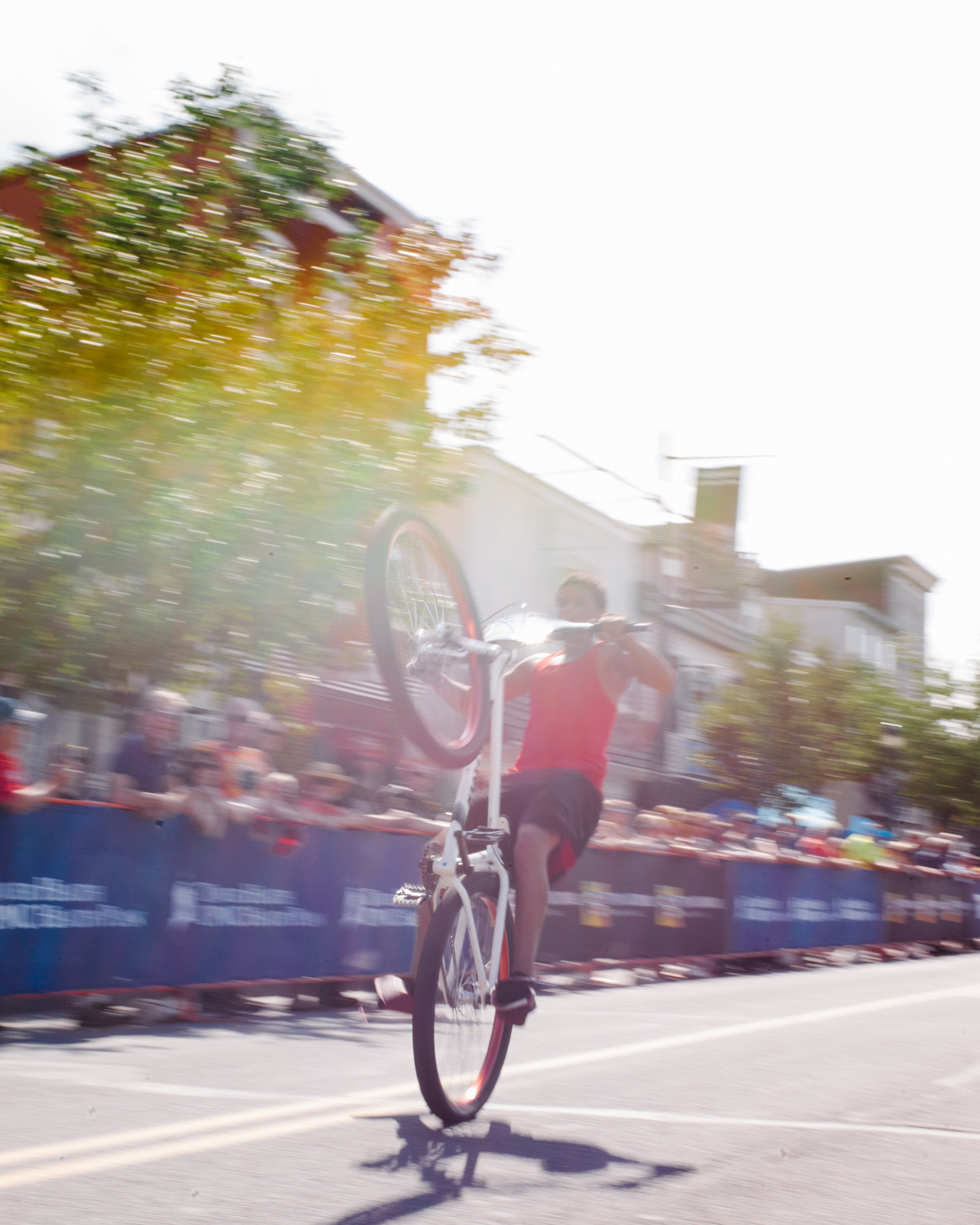
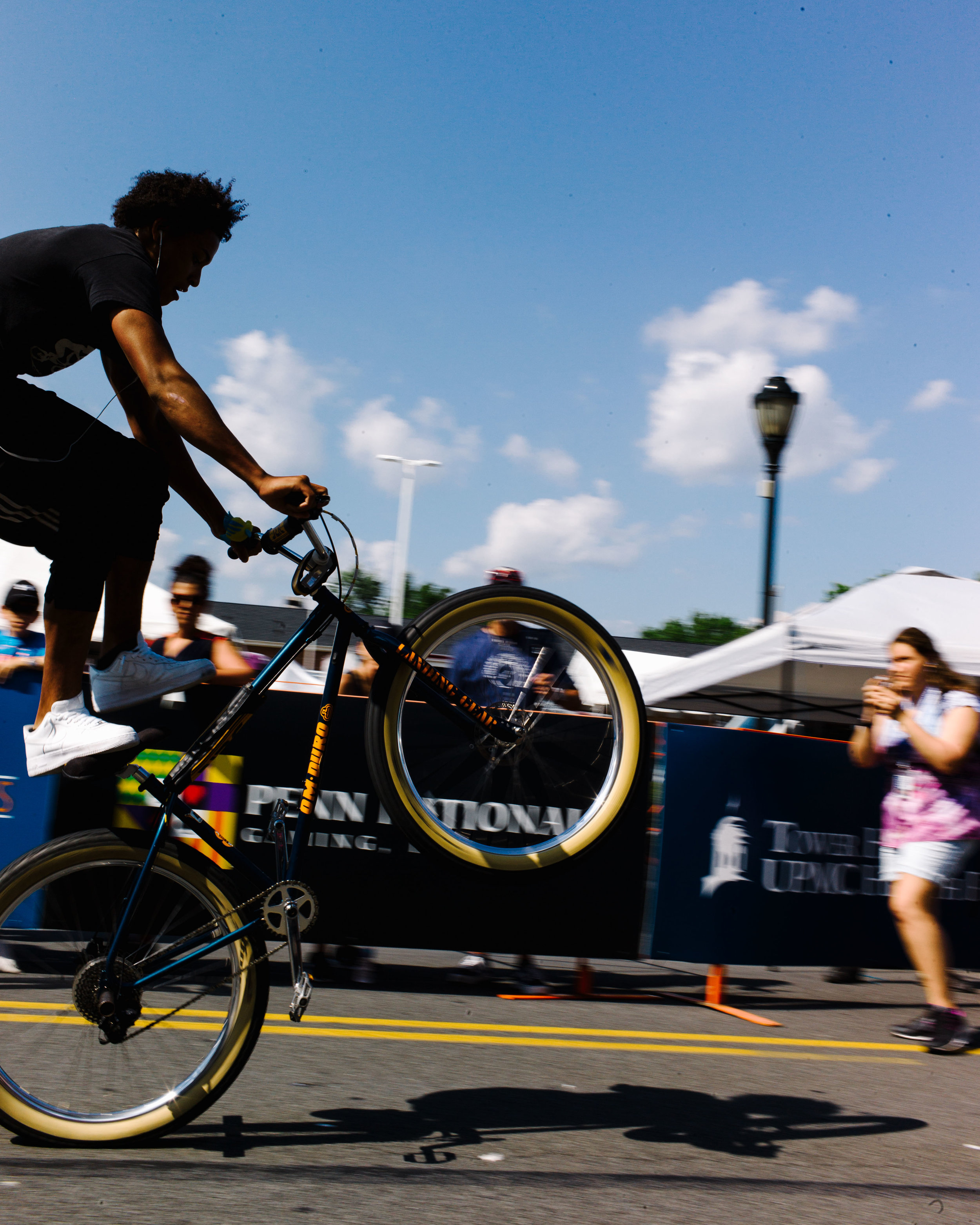
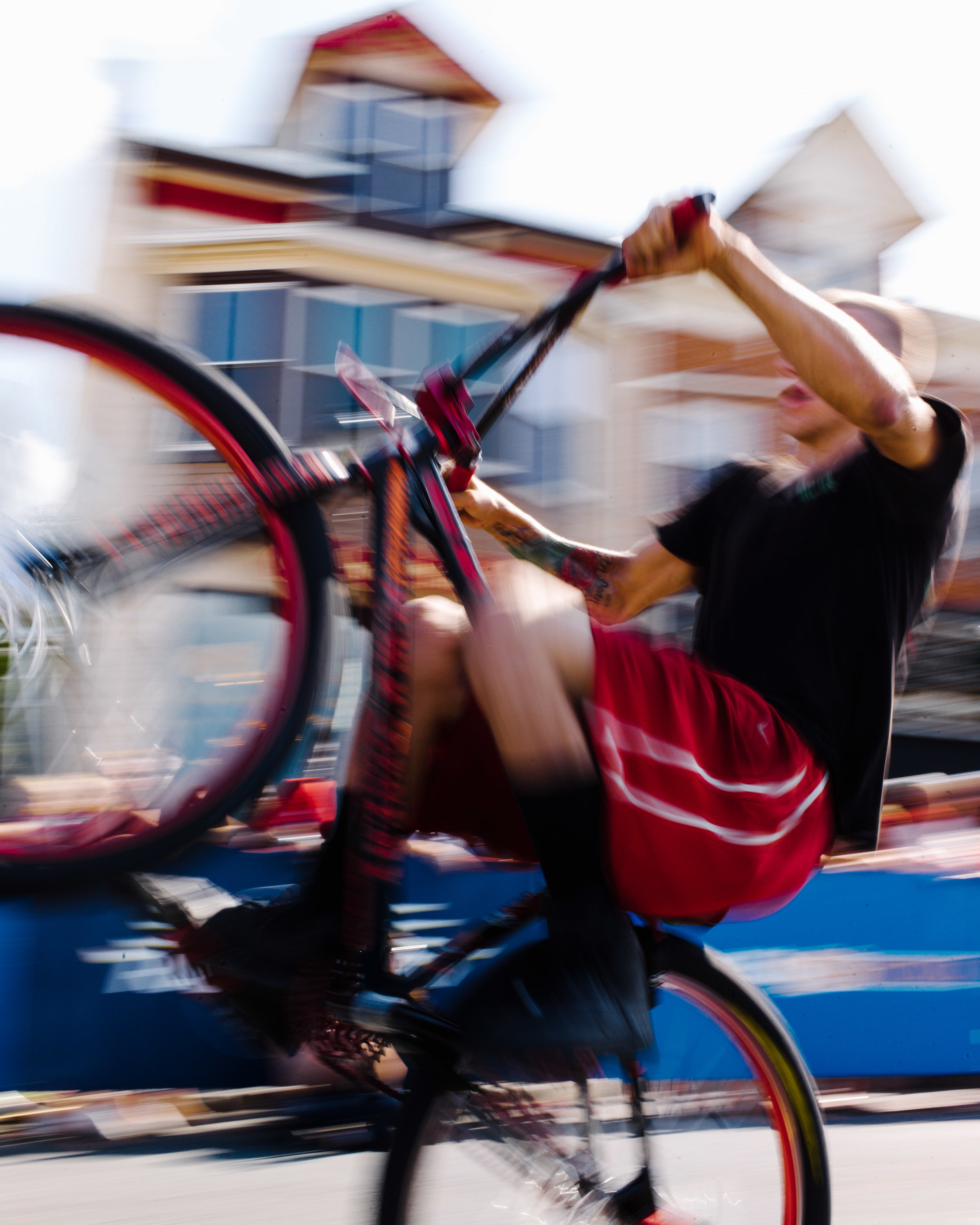




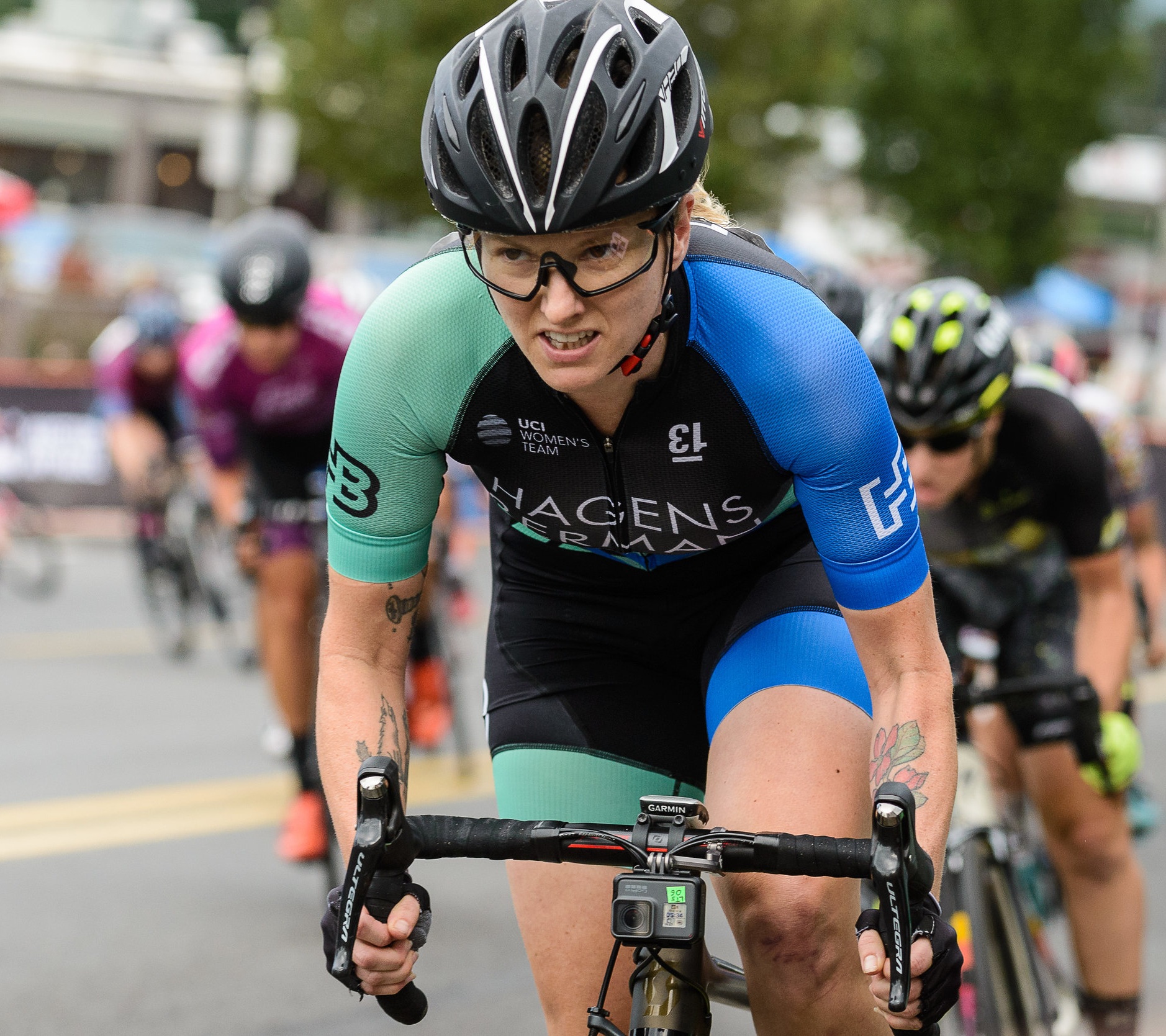
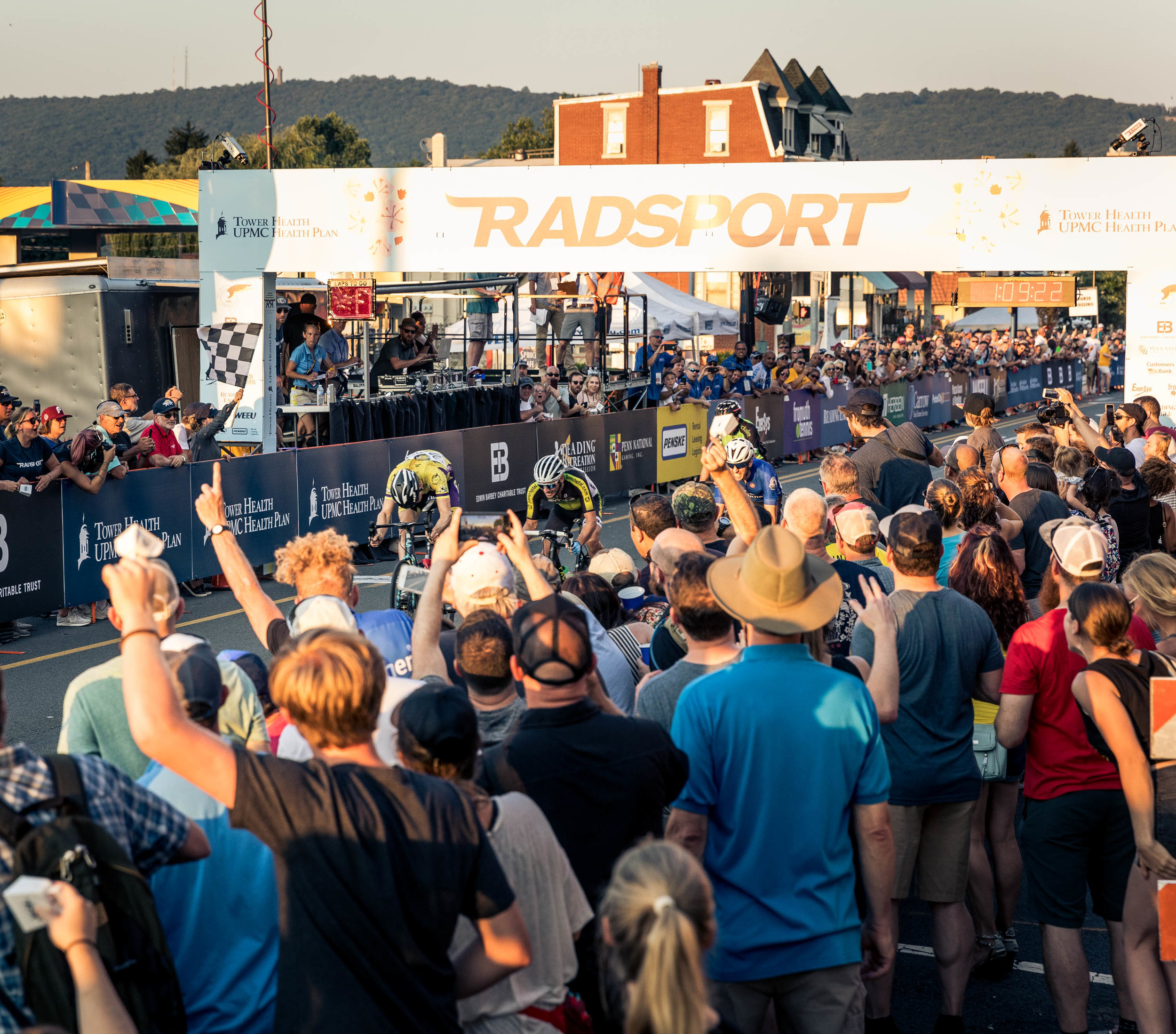
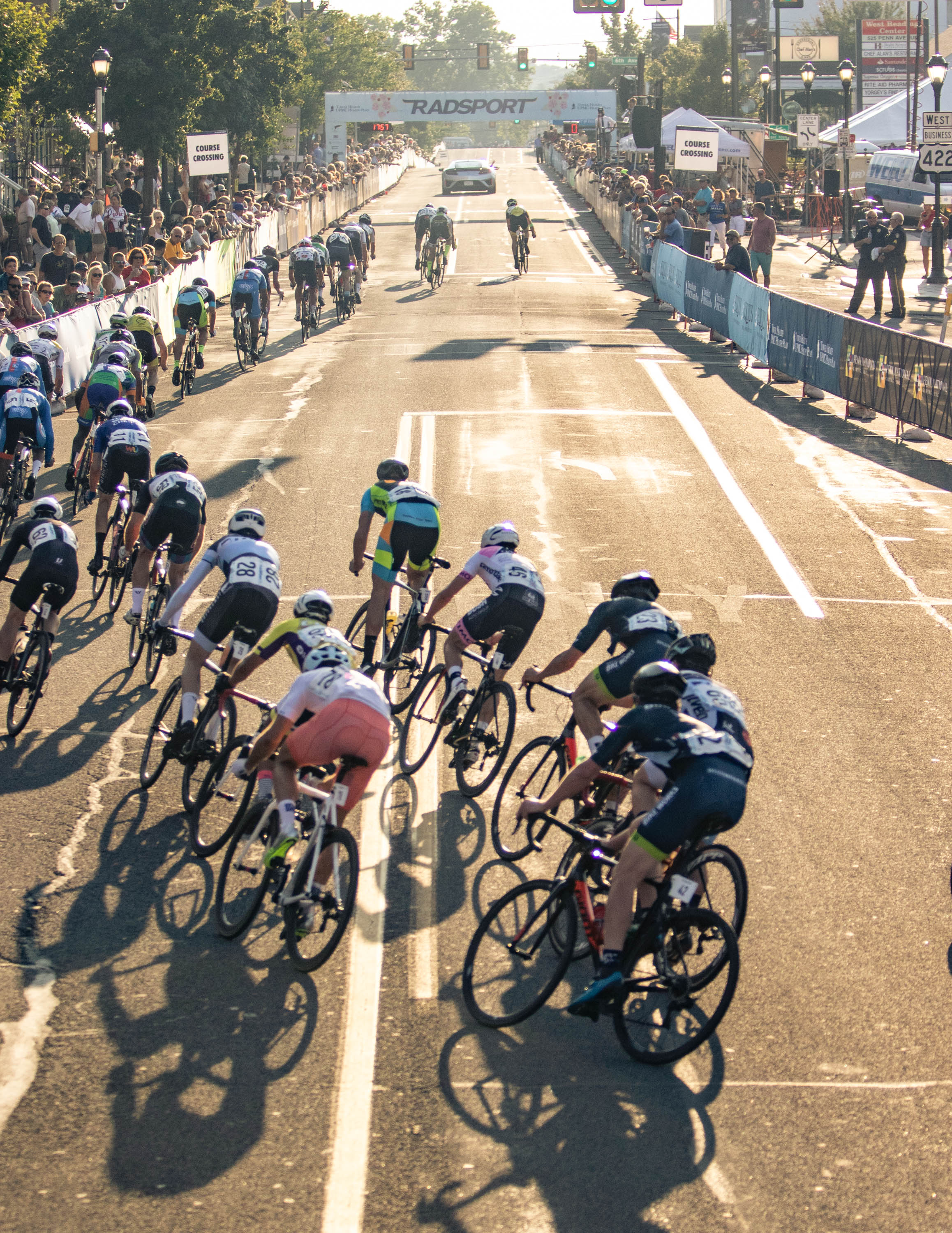
We recap one of our favorite races from the final stretch of road season: the Radsport Festival in Reading, Pennsylvania